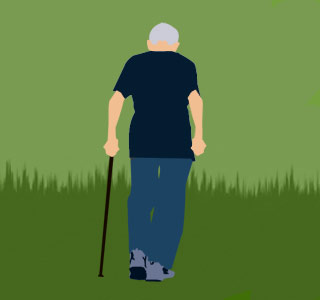
For the purpose of the study around for 7 men and 7 women between the age group of 60 to 80 years, were believed to have been assessed. Through a non-invasive magnetic resonance angiography, the study experts aimed to look at the number and shape of the blood vessels of the subjects.
Further these participants were believed to be evenly divided into two sets. The investigators were believed to have also noted that the high activity set of subjects were involved in aerobic activity for 180 minutes per week in the past 10 successive years. While, the low activity set of subjects were noted to have a nil record of regular exercise in the past. However presently they were believed to spend about 90 minutes every week doing physical activity.
The participants who were aerobically active were believed to display small-diameter vessels with less twisting. In contrast to this, the less active group of subjects was noted to display vessel pattern like younger adults.
Supposedly, the study authors were believed to have found major differences in the left and right middle cerebral artery areas. This statistical assessment was believed to have been taken place more than once and was noted to be definite.
With the augmentation in age, the blood vessels in the brain tend to become thin and twisted. However, the cerebrovascular patterns in the physically active set of people were noted to be “younger†than the rather non-active group of subjects. Whereas, an increased twist was apparently noticed in the people who were less active by the formation of vessel elongation and wider expansion curves.
Apparently this study is believed to provide reference for future analysis relating to aerobic activity and the expected change it’s believed to bring in elderly people.
This study was sponsored by the National Institutes of Health’s National Institute of Biomedical Imaging and Bioengineering. These findings may supposedly be published on July 9th in the American Journal of Neuroradiology.
